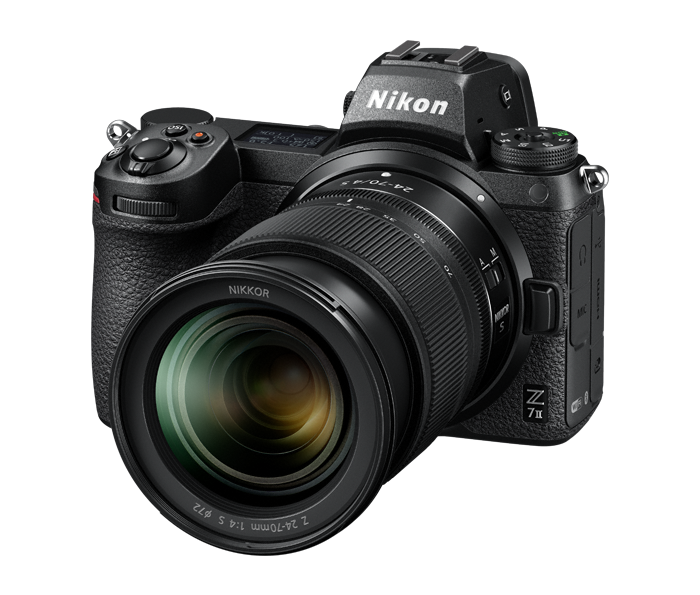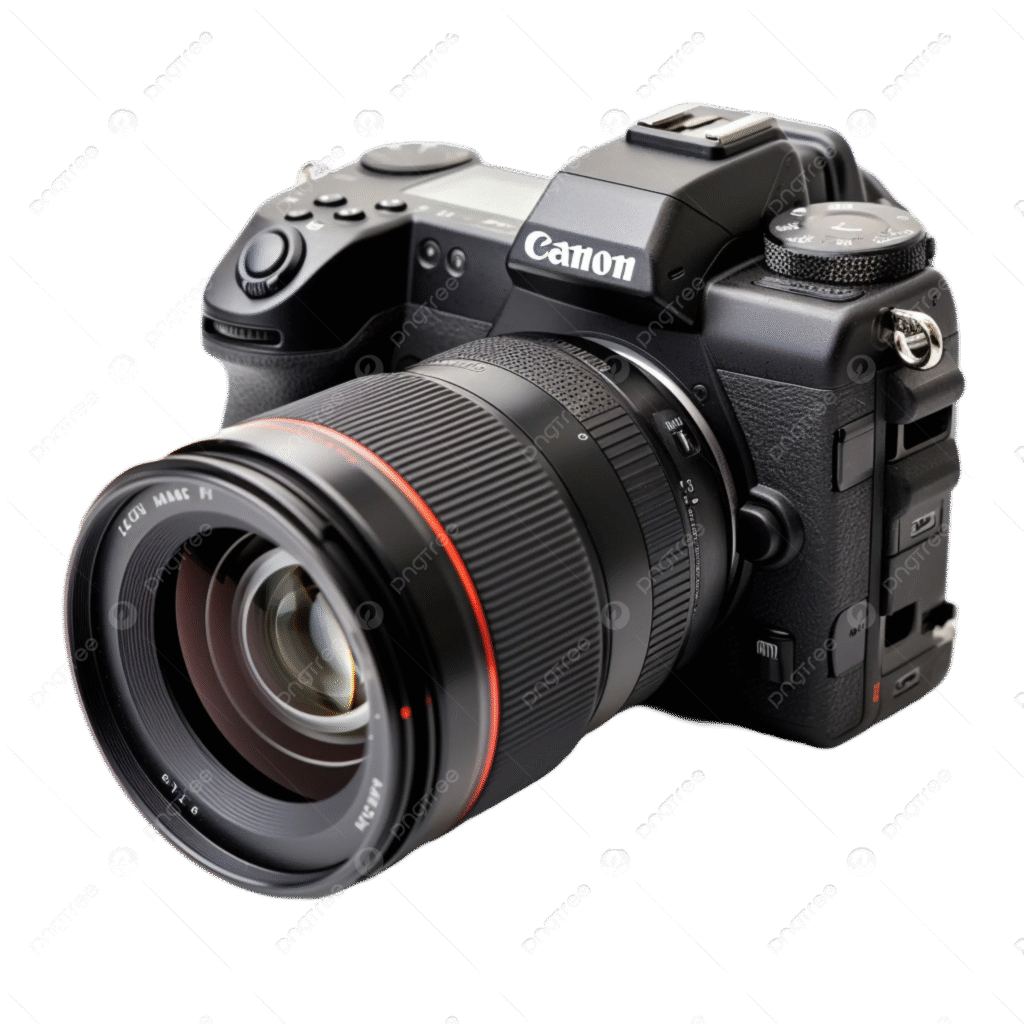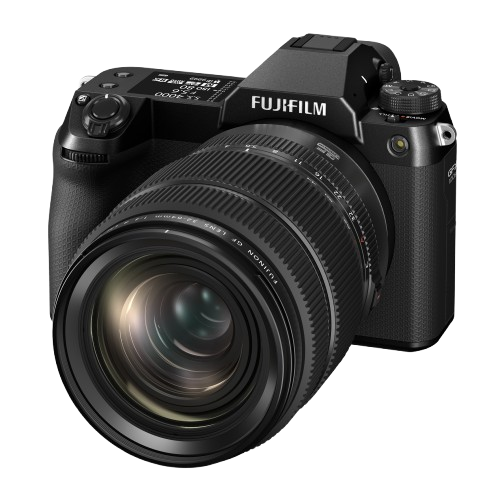High resolution and dynamic range cameras are necessary for the demanding medium of landscape photography. We evaluate weather-sealing, battery life, and tripod-operated capability when deciding which cameras should be on our list.
If you’re going to hike for hours to find the ideal spot and wait for the ideal light, we’ve chosen cameras that are most likely to produce the highest quality images. We have also taken into account the greatest picture quality available for a given camera body size and weight while making certain selections.
Table of Contents
- No 1 Nikon Z7 II
- No 2 Canon EOS R
- No 3 Fujifilm GFX 100S II
Top 3 Best Cameras Landscape Photography In 2025
No 1 Nikon Z7 II

The Nikon Z7 II is a subtle evolution of the original Z7, thanks to its two card slots and dual processors that boost its all-round performance. The original Nikon Z7, which arrived alongside the Nikon Z6 in 2018 as the company’s first full-frame mirrorless cameras.
For a first generation, both cameras were instantly competitive, even class-leading in some areas, but neither was perfect – hence the arrival of the Nikon Z7 II and Z6 II. Elsewhere, much of what we love about the original Nikon Z7 remains. There’s still the excellent form-factor and handling – you’d struggle to tell the Z7 II and Z7 apart – plus those gorgeous 45.7MP photos.
The Z7 II is less bold than before, because we’re not treading new ground. However, there’s something more reassuring going on here – the camera is more versatile and, crucially in those two years, the Nikon Z system has matured.
There are more Z lenses and better accessories (including a new vertical grip). And with these refined cameras, surely most doubters must now be considering Nikon Z as a safe system to adopt, even making the switch from DSLR to mirrorless.
Pros
- Speedier all-round performance
- Nikon Z system is growing nicely
- Excellent handling
- Solid photo and video features
- Eye AF is quick and reliable
Cons
- A modest refresh
- Rivals have superior AF for action
- Card door pops open too easily
- Better image stabilization on rivals
No 2 Canon EOS R

The Canon EOS R is a very capable camera, and should satisfy many EOS DSLR owners looking for a solid mirrorless alternative. The EOS R uses a full-frame 30.3MP sensor without an optical low-pass filter. If that sounds familiar it’s because Canon’s EOS 5D Mark IV DSLR shares the same pixel count, although Canon stresses this isn’t the same sensor.
We suspect it’s very closely related to the chip used in the EOS 5D Mark IV though, which is no bad thing as it’s one of Canon’s best performing sensors. Canon has taken an alternative approach to Nikon’s entry into the full frame mirrorless market by releasing one single versatile all-rounder as opposed to two cameras built around the same body with different sensors and specifications.
The EOS R is the first model in the EOS R system to be built around the new RF lens mount that has a 54mm internal diameter, 20mm flange distance and 12-pin data connection.
Behind this mount rests a 30.3-million-pixel full-frame CMOS sensor that we’ve been told is a different chip to the one used within the Canon EOS 5D Mark IV. The pairing of sensor and latest DIGIC 8 image processor provides a sensitivity range of 100-40,000, which like the EOS 5D Mark IV, is expandable to 50-102,400.
Pros
- Great handling
- Excellent AF performance
- Lovely touchscreen
- Top-plate LCD is very versatile
- Decent electronic viewfinder
Cons
- No great size advantage over an EOS DSLR
- Value of M-Fn control debatable
- No AF joystick
- 4K video limitations
- Single SD card slot
No 3 Fujifilm GFX 100S II

The GFX100S II aggressively, but it has trickled down some of the most powerful features the format has ever seen from the pricier GFX100 II flagship, including 7fps burst shooting and AI subject detection autofocus. It might not be quite as fast as the GFX100 II overall, but the GFX100S II is no slouch and goes some way to put to bed the notion that medium-format is simply slow and confined to a small number of scenarios, such as studio portraiture.
During my hands-on time with the GFX100S II, I’ve taken photos and videos of animals in a wildlife reserve and been super impressed by the details in those images, but also by the overall speed and autofocus performance in what were pretty challenging scenarios, such as shooting through foliage and enclosure fencing.
The question now for pro photographers considering a larger medium-format camera is less about budget and more about needs. Yes, the GFX100S II is still slower in general than a camera like the Sony A7R V, but not by a lot. And with it you get higher-resolution images with true-to-life colors that are noticeable to pros – at times For balance, we do need to consider the system that a camera is part of.
Thankfully, there are numerous decent Fujifilm GF lenses for the GFX100S II. However, in general they are pricier and chunkier than full-frame equivalents.
Pros
- Superb image quality
- Excellent ergonomics and balance with lighter GF lenses
- Decent value (for what it is)
Cons
- GF lenses are chunky and usually pricier than full-frame
- Autofocus can’t match best full-frame cameras
- Might not be worth the upgrade
How to choose the best camera for you
Sensor size is the most important factor to consider when purchasing a digital camera. Although larger isn’t necessarily better, it does provide a decent indication of the kind of camera, the cost of the lenses, and the target audience. Full-frame cameras are often reserved for professional photographers with larger budgets, but Micro Four Thirds and APS-C cameras are generally for both amateurs and professionals. One-inch sensor compact cameras are used for daily photography and travel zooms.
Other features to look out for are viewfinders (electronic or optical), which are considered essential by most photographers, and handling. Having a firm grip is crucial if you want to utilize longer lenses. Additionally, you should think about the lenses you’ll probably need for your preferred photography genres. For instance, wide-angle zooms are better suited for landscape photography, while brilliant prime lenses are ideal for street and portrait photography. Selecting the ideal camera system, which includes lenses, is often preferable than selecting a camera alone.
Please be aware that we may receive a commission if you buy something after clicking on the links in our stories. This helps to fund our work. Thank you for your support and attention. Feel free to look around further to find out more about how these commissions support our work. Top Great Reviews

